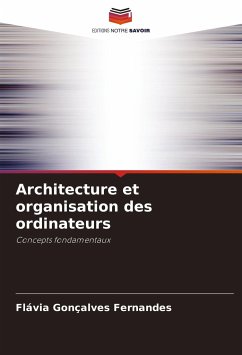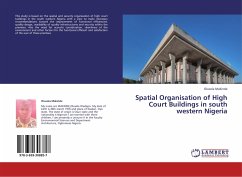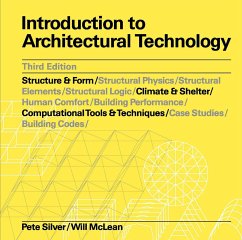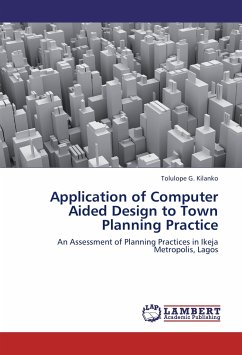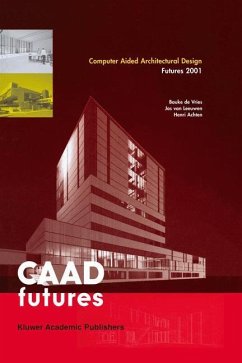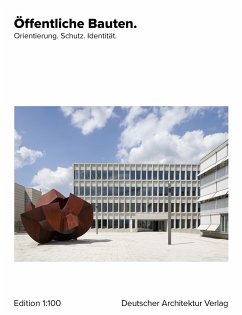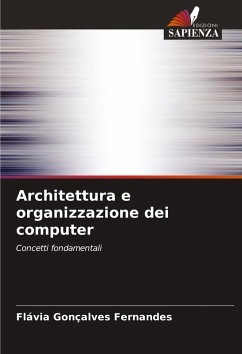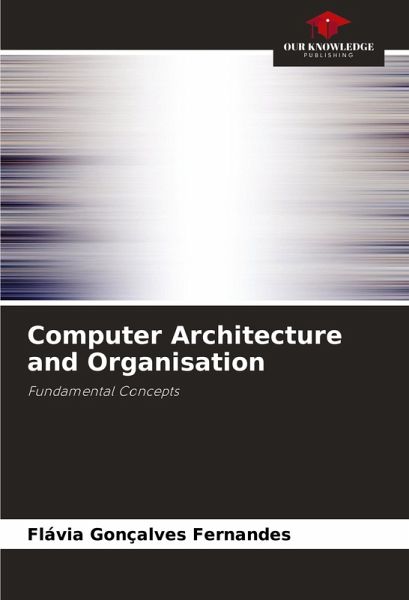
Computer Architecture and Organisation
Fundamental Concepts
Versandkostenfrei!
Versandfertig in 6-10 Tagen
27,99 €
inkl. MwSt.

PAYBACK Punkte
14 °P sammeln!
Two fundamental concepts in the study of computer systems are Computer Architecture and Computer Organisation. The term architecture refers to attributes from the programmer's point of view, and therefore has a direct impact on the logical execution of a programme. The term organisation refers to the operating units and their interconnections. In this way, the same architecture can be implemented through different organisations. The architecture of a computer system establishes the model of the organisation and operation of a processing system, with all its parts, divided into sections, intera...
Two fundamental concepts in the study of computer systems are Computer Architecture and Computer Organisation. The term architecture refers to attributes from the programmer's point of view, and therefore has a direct impact on the logical execution of a programme. The term organisation refers to the operating units and their interconnections. In this way, the same architecture can be implemented through different organisations. The architecture of a computer system establishes the model of the organisation and operation of a processing system, with all its parts, divided into sections, interacting with each other. The components and their relationships are represented through hierarchical systems, which is ideal for studying complex assemblies that act at different levels; separated by their characteristics, we will study the functioning of each of these components. The basic functions of a computer are data processing, data storage, data transfer and control. To perform these functions, the computer needs to execute a set of instructions (programme).





